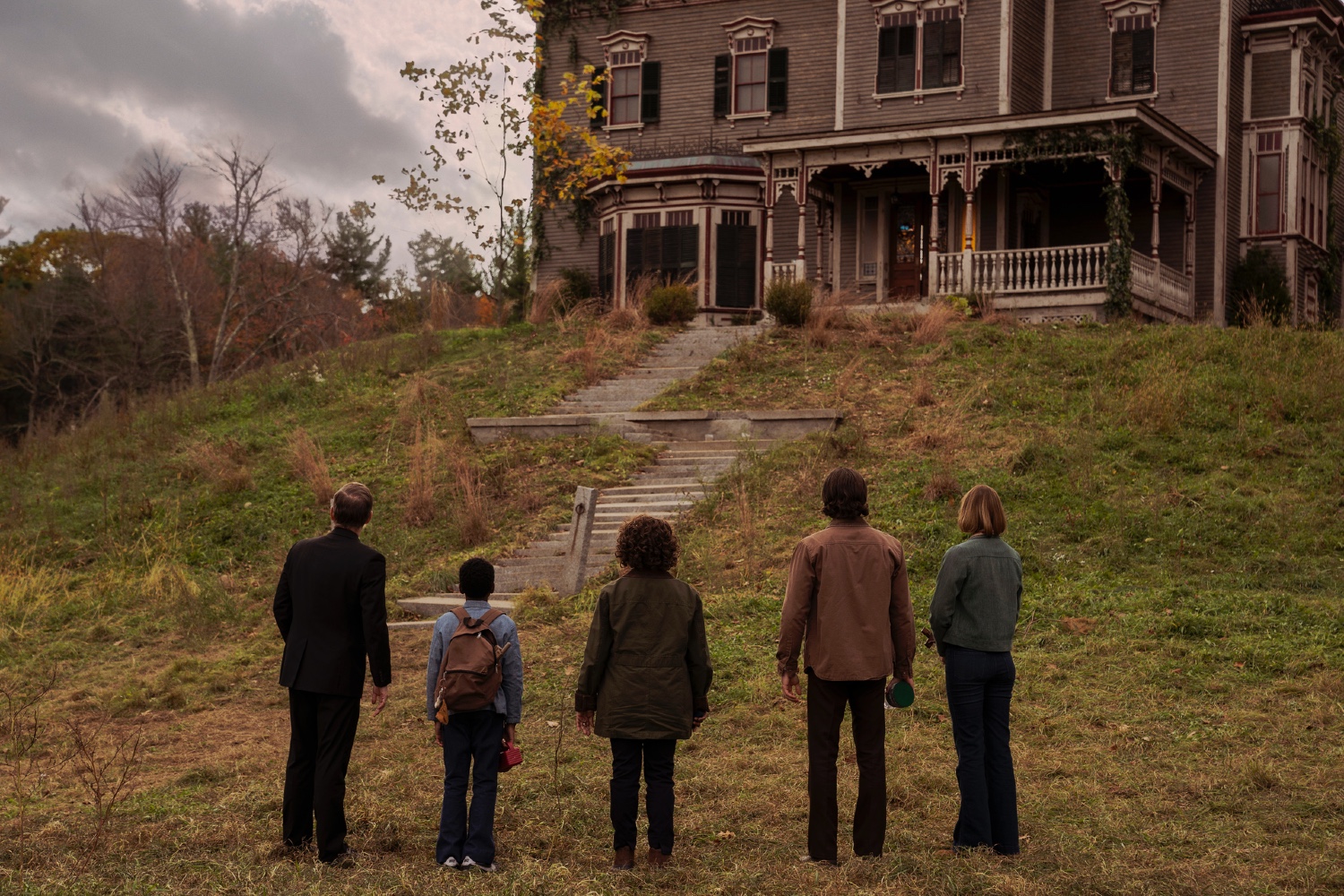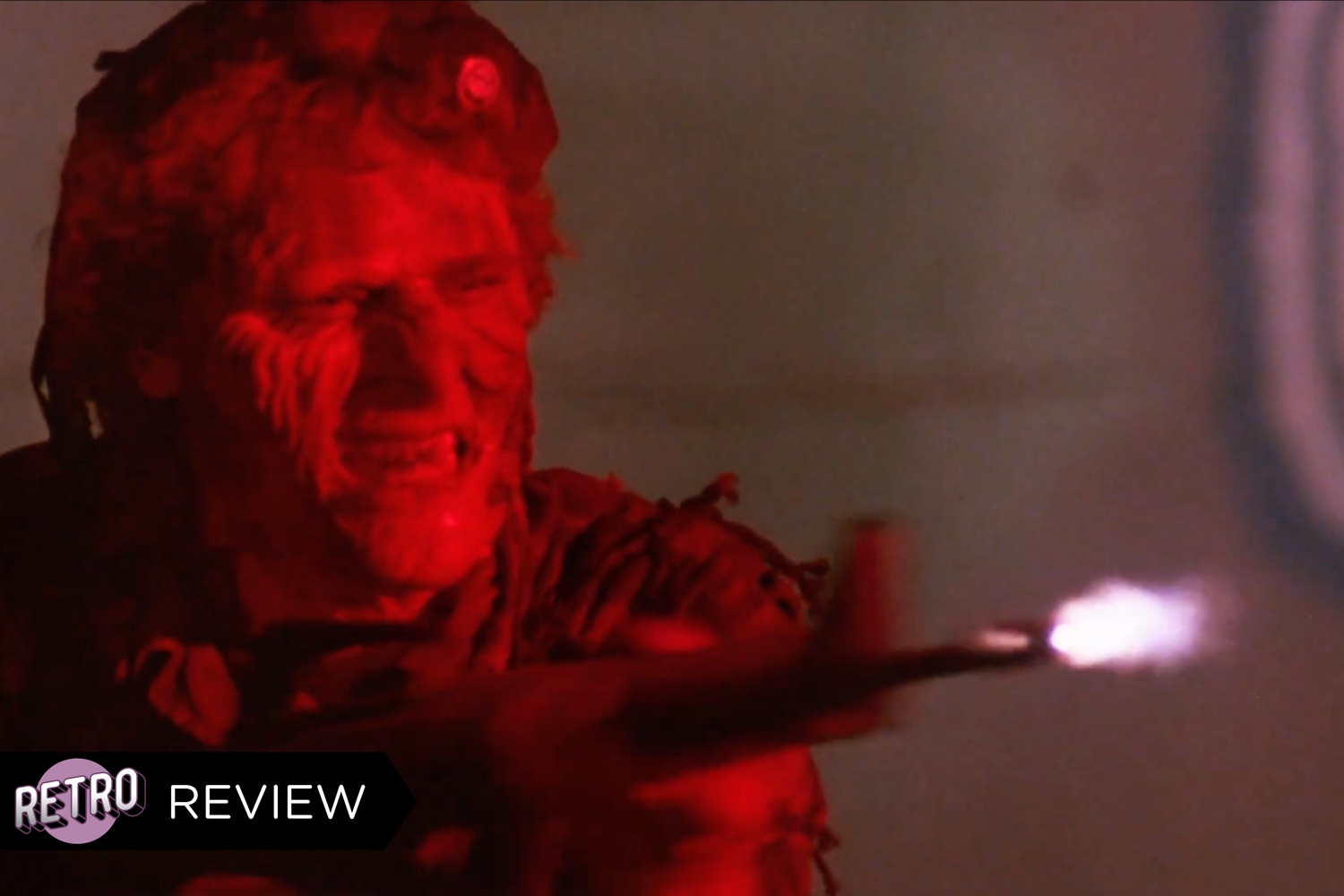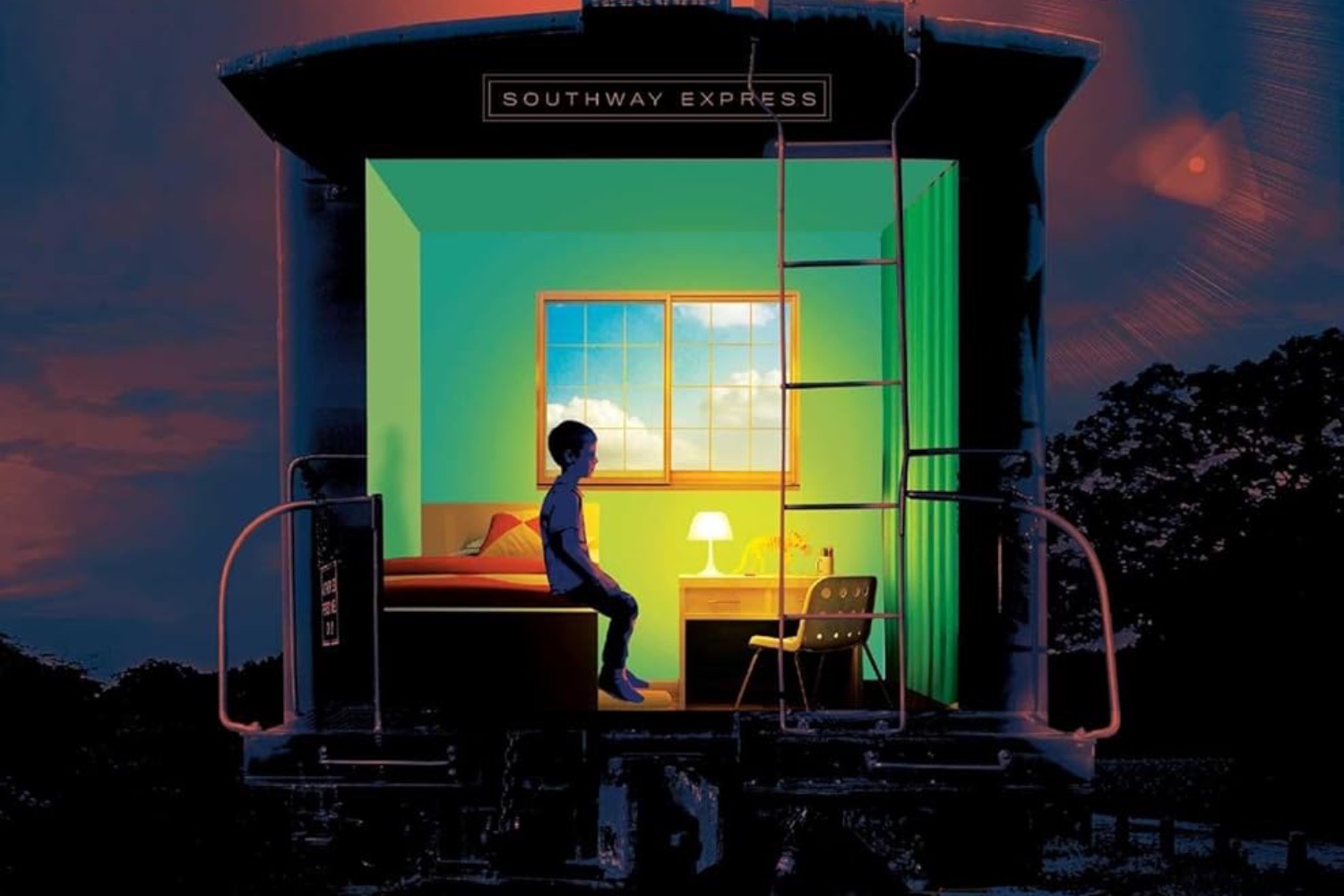Stephen King is so popular in Hollywood that many of his stories have been adapted more than once—with mixed results. King’s second novel, 1975’s Salem’s Lot, was his second adapted work and the first made for TV, thanks to Tobe Hooper’s miniseries in 1979. A second miniseries followed in 2004. And now, a feature film—not intended for TV, but for reasons only Warner Bros. can know, getting a straight-to-Max release—is arriving in October.
That’s a lot of small-town vampires, but Salem’s Lot is timeless enough that it doesn’t feel like overkill to keep bringing it back. The book, of course, will always be the best version of the story; it’s an early King tale that contains a lot of his now-familiar touchstones (a man—an author—haunted by a terrible thing that happened in his youth; an idyllic village stuffed with bitter people and dirty secrets; a creepy house; monsters lurking in the dark).
Ben Mears is the protagonist, but as the title suggests, the town is the main character. Salem’s Lot digs into many different troubled minds as it crafts its setting, a place that can’t escape deeply awful events in its past thanks to a prominent reminder: the Marsten House, a ramshackle mansion built at just the right elevation to loom over everything. It’s just a house, but it emits a sinister energy, to the point that Ben and other characters have discussions about whether the house is evil because notorious murderer Hubie Marsten lived, killed, and died there—or because it’s ground zero for a more formless essence of evil that’s attached itself to the community.
Whatever it is, it’s a psychic blight hovering over the town, and the wound opens deeper with the arrival of the Marsten House’s new tenants, the mysterious Richard Straker and the even more mysterious Kurt Barlow. As the reader comes to learn, at a more accelerated pace than the incredulous Ben and his friends, Barlow’s an ancient vampire, Straker is his familiar, and Salem’s Lot—like so many other towns in Stephen King’s eerie Maine—is 100 percent doomed. The book, King has said, came from a simple idea: what if Bram Stoker’s dreaded Dracula suddenly popped up in 20th century America?

Just four years after the book was published, and five since his indie horror breakout The Texas Chain Saw Massacre, Hooper was tapped to direct the 1979 miniseries, starring David Soul as Mears and James Mason as Straker. It runs just over three hours and has occasional freeze-frame scene endings, presumably to make certain the petrified viewer stayed put during commercials.
Hooper’s Salem’s Lot stays fairly true to the novel—its 1970s setting is contemporaneous to both the book and the TV production, and since it was made for CBS, the violence is tastefully toned down. That doesn’t mean it isn’t scary; after a prologue that gives away who’ll survive, much like readers get in the book, it takes about an hour of table-setting to get to the vampire stuff. But that build-up is dripping with dread; we see a picturesque small town (historic Ferndale, CA, stands in for New England) well familiar with soap-opera dramatics—note a young Fred Willard as a real-estate agent carrying on with his eager secretary, despite her violently jealous husband—and uneasily accustomed to living in the shadow of the Marsten House.
Mears enters, ostensibly seeking inspiration for a new book, but from the first scene we can tell he’s obsessed with the house; unable to rent it, he takes a room with a clear view of it from the window. We tag along as he starts to sort through the secrets of the town where he once spent his childhood; he makes friends and foes, falls in love, and swiftly becomes entangled in the darkness polluting Salem’s Lot.
There are three standout elements of Hooper’s miniseries, one of which is the biggest change it makes to King’s book. Certain character elements are swapped around, and some storylines are condensed or eliminated, which is to be expected; what comes as a surprise is the overtly creature-feature portrayal of Barlow. Rather than an aging European antiques dealer, as he’s purported to be before anyone gets a look at him, Barlow gets the full Nosferatu: blue skin, long nails, pointy teeth, and glowing eyes. He doesn’t speak, which means Mason’s Straker—who is very much an aging European antiques dealer—does all the talking, emoting, puttering around their perpetually about-to-open furniture shop, and motoring to and from the Marsten House on shadowy business.
Mason is fantastic, schooling the local cop in what “Ciao!” means, fussing about needing his suits back when they’re taken into evidence, and promising various residents that once Mr. Barlow arrives, they’ll sure be glad to know him: “You’ll enjoy Mr. Barlow and he’ll enjoy you!”
The other memorable character is Lance Kerwin’s Mark Petrie, a kid whose wholesome hobbies (performing in the school pageant on Salem’s Lot history, movie monsters, magic tricks) confuse his father. They also save his life when—in Salem’s Lot‘s most singularly terrifying scene—he knows to repel a classmate who’s turned vampire and is floating outside his window, begging to be let in, with a cross plucked from a model graveyard he just happens to have in his bedroom.
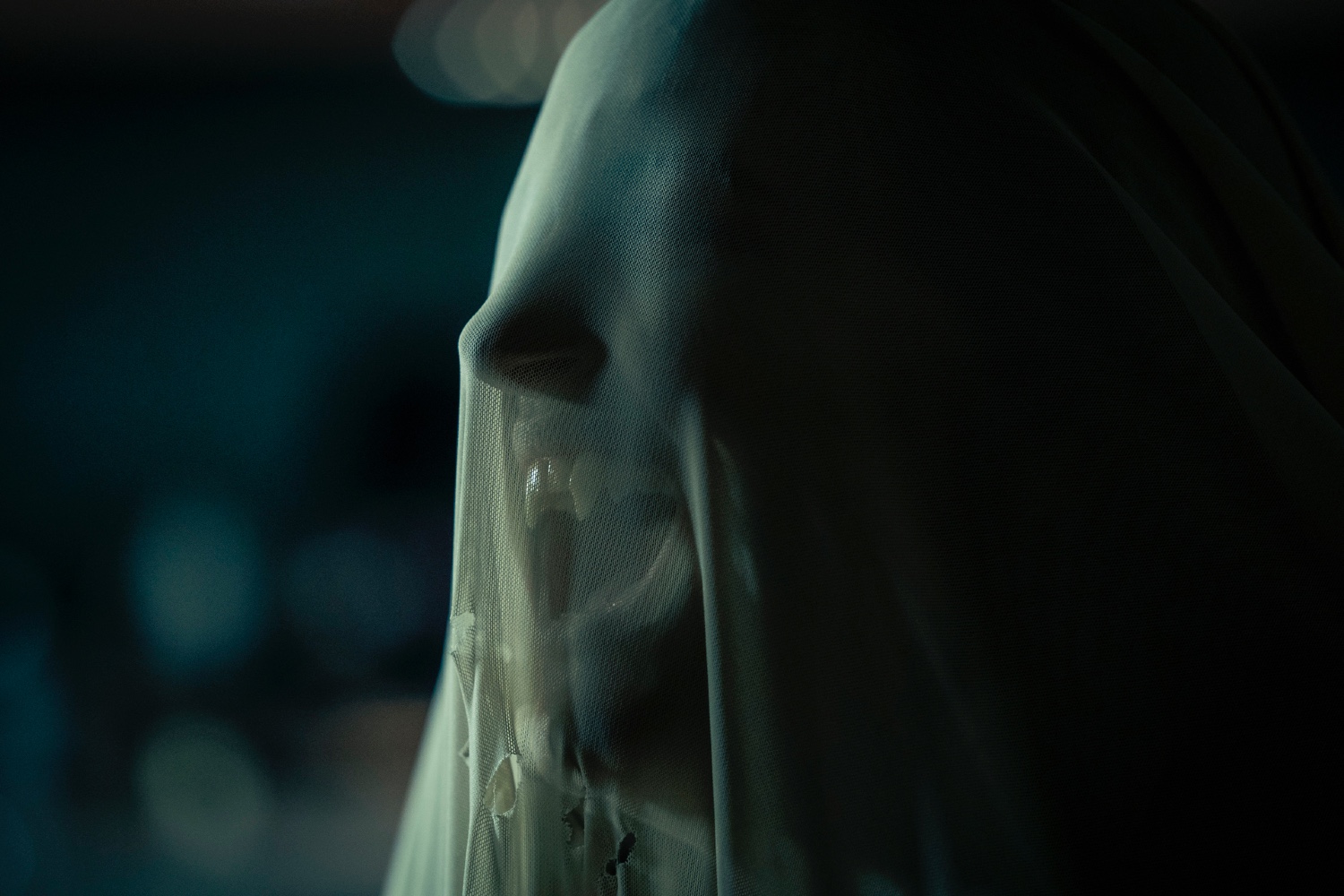
The 2004 version of Salem’s Lot, starring Rob Lowe as a dude-ly Mears, Donald Sutherland as the elegantly malevolent Straker, and Rutger Hauer as a book-authentic take on Barlow, aired on TNT and updates the action to the early 2000s—that awkward moment when email and the internet were in more widespread use, but before smartphones took over. It’s also just over three hours.
Made by cinematographer turned director Mikael Salomon, this take contains some unfortunately dated special FX, and makes some choices that go beyond the expected condensing of plots and characters that the 1979 version also made. There’s a bizarre frame story that opens the action in Detroit, and sees a gravely injured Mears wheezing out his life story to a skeptical ER nurse. We get earnest voiceover, overly stylized flashbacks (within the main flashback) that embellish Mears’ story of sneaking into the Marsten House during his Salem’s Lot boyhood, and a much grittier portrayal of the town. Nostalgia has even less of a place here, and the town is brimming with child abuse, blackmail, and bad attitudes. With James Cromwell cast as the boozy Father Callahan, this version foregrounds his importance more than the 1979 version, and makes faith a more prominent theme.
Also, this version of Salem’s Lot casually makes this Ben Mears a Pulitzer winner, maybe the most unbelievable detail in a story about a town overrun with bloodsuckers. But it’s still Salem’s Lot, which means it leads to King’s satisfying if tragic climax, giving us a gang of would-be Van Helsings determined to do whatever they can to save a town that may or may not actually be worth saving. And for a show made 20 years ago, there are some surprisingly progressive inclusions—including making Matt Burke, the heroic high-school teacher character, a gay Black man, classily played by Andre Braugher; there’s also speculation Straker and Barlow might be “partners” in the romantic sense, something that’s similarly talked around in the book.
But even so, the 1979 version—less flashy, more emotionally believable—is still the definitive Salem’s Lot adaptation … until we get eyes on Gary Dauberman’s Salem’s Lot, that is.
Set in the 1970s with a retro burnish to match, this Max Original goes further with the diverse casting (Alfre Woodard as Mears ally Dr. Cody is a particularly solid choice), and since it was intended for theatrical release, will presumably give us a gorier take on the material than we’ve seen before. It’s not a miniseries, so its runtime will be shorter than the two versions that came before. That could mean some favorite moments from the book are eliminated, but it could also mean the problem that the 2004 version especially faced—introducing characters with a certain amount of importance, as if checking off a list, but then needing to quickly move onto other things—might be avoided.
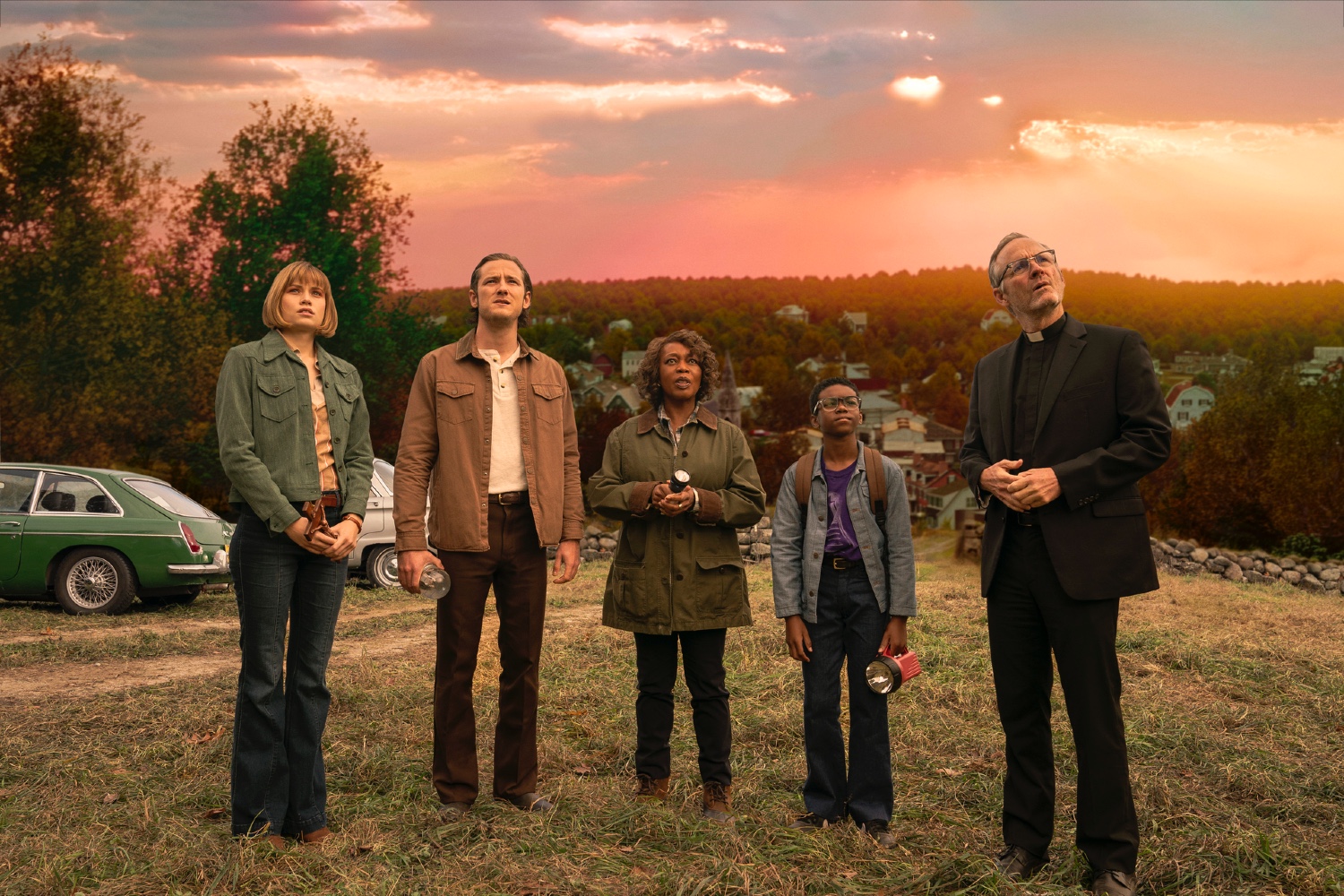
Dauberman has horror bona fides (he wrote all the Annabelle films and directed Annabelle Comes Home; in the King realm, he also co-wrote It and wrote It Chapter Two), which lends further confidence, and while there’s no mention of who is playing Barlow or how he’ll be portrayed, casting Game of Thrones standout Pilou Asbæk as Straker feels like a move that’ll reap some rich rewards.
The rest of the new cast includes Lewis Pullman (Ben Mears), Makenzie Leigh (Susan Norton), Bill Camp (Matthew Burke), Spencer Treat Clark (Mike Ryerson), Jordan Preston Carter (Mark Petrie), and John Benjamin Hickey (Father Callahan). So far there’s no firm release date, but a recent Max press release promised “this October.”
Want more io9 news? Check out when to expect the latest Marvel, Star Wars, and Star Trek releases, what’s next for the DC Universe on film and TV, and everything you need to know about the future of Doctor Who.
